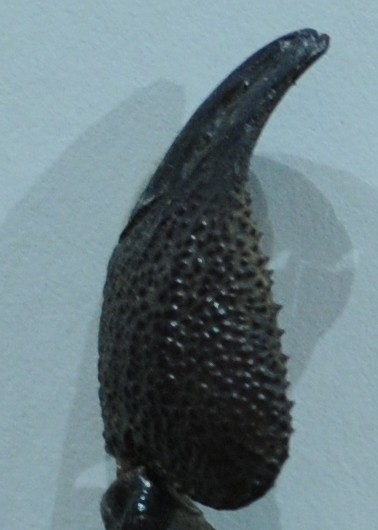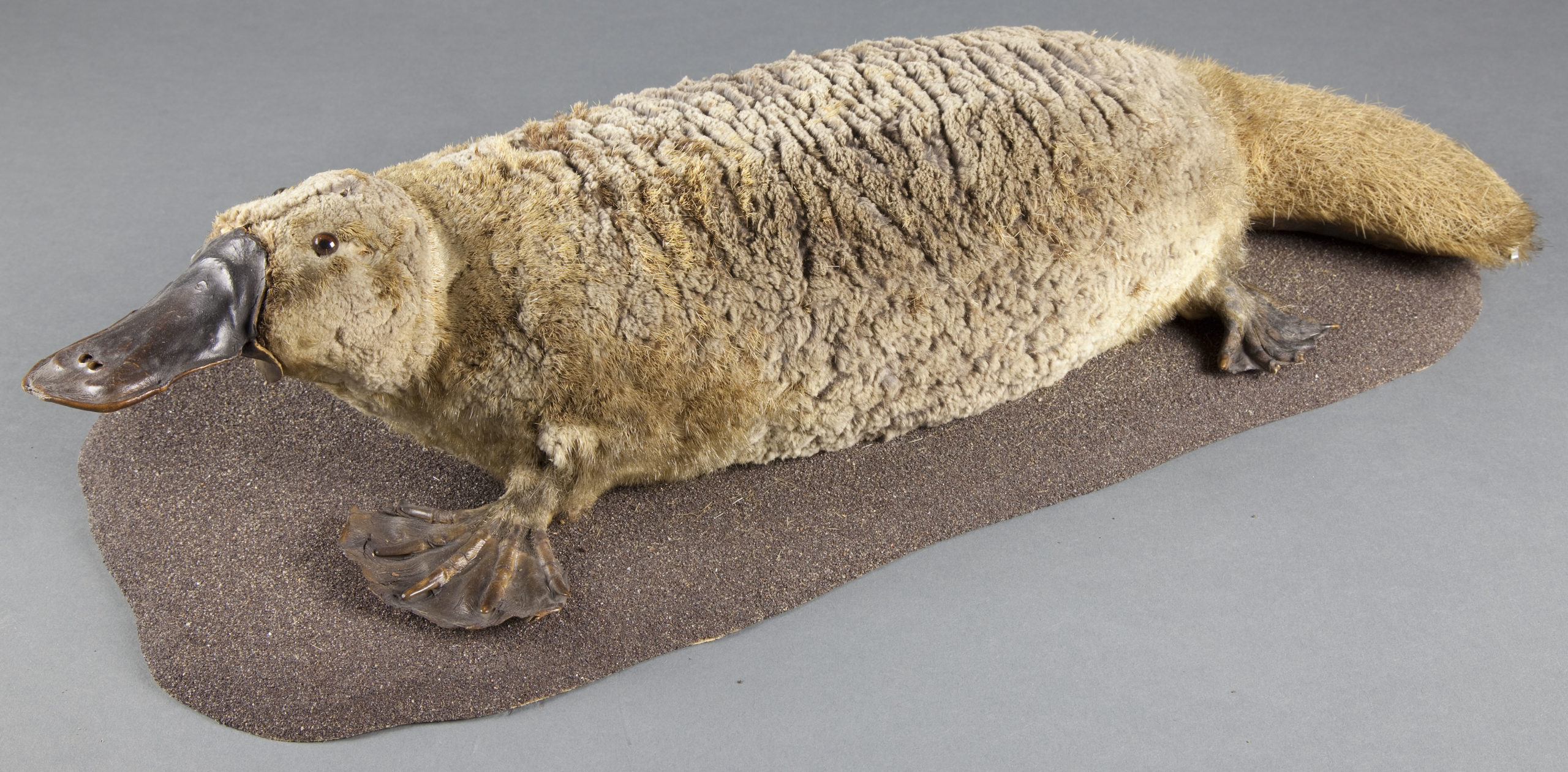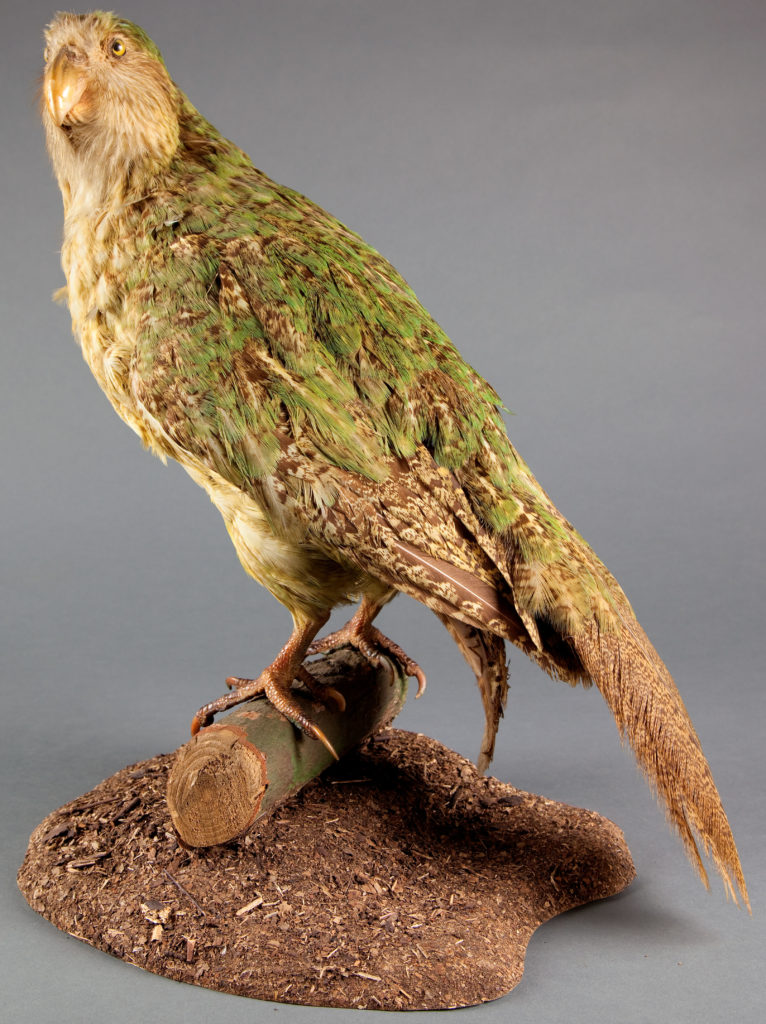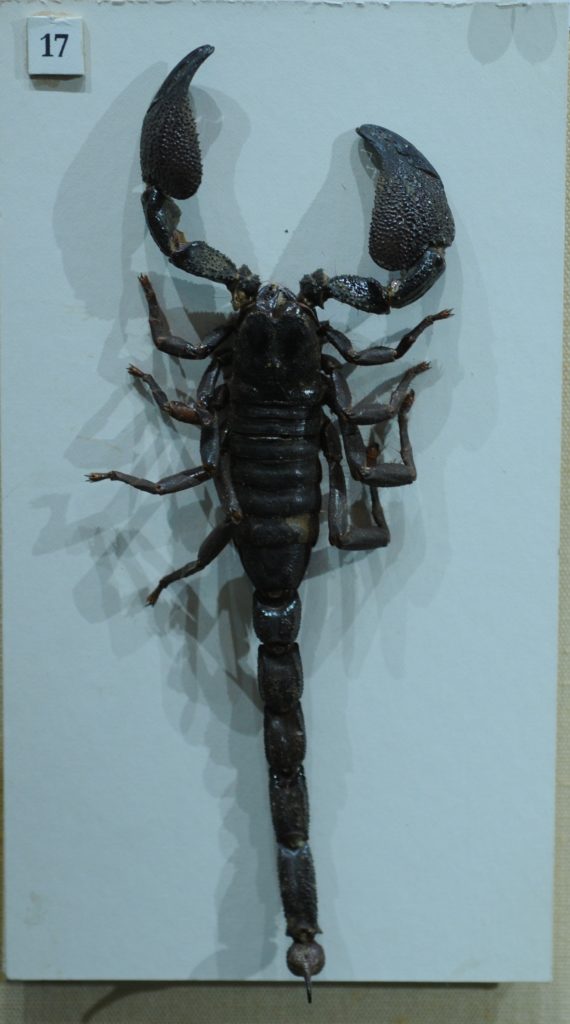Our animal this week would give you a nasty nip if you encountered it in the wild. Fortunately it can be viewed in the safety and comfort of our museum. What animal is this?
Did you know what last week’s object of the week was?
The photo last week was of the webbed foot of our Duck-billed Platypus. You can find it on the first floor of the museum near the Kakapo.
The Duck-billed Platypus (Ornithorhynchus anatinus), or Platypus, is found only in Australia. It is a mammal that lays eggs and has adapted to an amphibious life. It has waterproof fur, webbed feet, a tail like a beaver and a soft bill which is covered in receptors that they use to detect their prey in the water. They also have a spur on their hind leg which in the male Platypus produces venom.
The Platypus and the Echidnas form an Order called the Monotremes which are the most primitive living mammals on the planet. Their survival is most likely due to the long isolation of the Australian continent.





